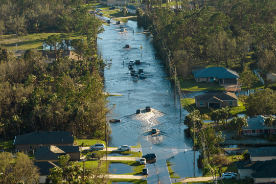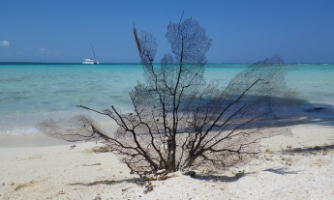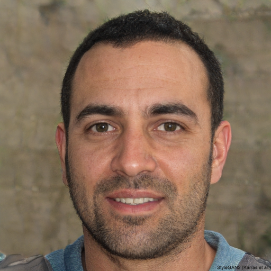Business
Transition vs. Physical Risk A decision tree for which risk dominates by industry.

The conversation around climate-related risks increasingly centers on two categories: transition risk and physical risk. Both present serious challenges for businesses, but the degree to which each dominates depends heavily on the industry in question. A decision tree framework can help investors, regulators, and executives understand which risk is most pressing, and how it evolves over time.
Transition risk refers to the financial and operational challenges that arise from the global shift toward a low-carbon economy. These include policy and regulatory changes, shifts in consumer preferences, technological disruption, and reputational pressures. Industries reliant on fossil fuels, carbon-intensive manufacturing, or outdated infrastructure tend to face heightened exposure to these risks.
Physical risk, on the other hand, arises from the direct impacts of climate change itself: extreme weather events, rising sea levels, prolonged heatwaves, wildfires, and water scarcity. These risks directly threaten assets, supply chains, and workforce safety. Industries tied to natural resources or sensitive geographies are disproportionately affected.
A decision tree approach begins by asking: What is the industry’s core dependency?
- Energy, Oil & Gas, Mining → Transition risk dominates. These sectors face regulatory crackdowns on emissions, investor divestment pressures, and the rise of renewable alternatives. While physical risks exist (e.g., offshore rigs and mining operations in vulnerable regions), the pace of policy change and technological disruption makes transition risk the primary driver.
- Agriculture, Forestry, Fisheries → Physical risk dominates. These industries are acutely vulnerable to droughts, floods, shifting rainfall patterns, and soil degradation. Transition risk is present (e.g., pressure for sustainable farming), but physical impacts pose existential threats to productivity and food security.
- Real Estate & Construction → Physical risk leads. Rising sea levels, storm surges, and heat stress directly impact asset values and insurability. Transition risk enters through building codes, energy-efficiency mandates, and green financing requirements, but physical exposure often determines viability.
- Automotive, Aviation, Shipping → Transition risk dominates. The global mobility sector faces regulatory deadlines for electrification, carbon-neutral fuels, and efficiency standards. Physical risks—such as disrupted supply chains from extreme weather—are significant but secondary to the sweeping technological and regulatory overhaul.
- Finance & Insurance → Balanced exposure, often leaning toward physical risk. Insurers are directly impacted by physical catastrophes, while banks face portfolio risks from stranded assets and regulatory alignment. In this sector, transition and physical risks often intersect, as regulatory capital requirements evolve to reflect both.
- Technology & Telecommunications → Transition risk is moderate, but physical risk is growing. Data centers and communication infrastructure depend on stable energy and cooling systems, making them vulnerable to heatwaves and water stress. At the same time, transition pressure comes from increasing demand for renewable-powered operations.
Ultimately, the decision tree illustrates that no industry is free from climate-related risk, but the balance between transition and physical risk varies sharply. Energy-intensive sectors must navigate policy and technological disruption, while resource-dependent sectors grapple with climate’s immediate physical impacts.
For investors, the decision tree is a practical tool: it directs focus to the dominant risk while recognizing that both risks often overlap. For example, physical risks can accelerate transition policies, and transition dynamics can exacerbate physical vulnerabilities. Understanding this interplay helps businesses prioritize adaptation strategies, whether through emissions reductions, diversification, or resilience planning.

Emily Johnson
Reporter
At least 20 people killed in Russian glide bomb attack on village in eastern Ukraine

Transition vs. Physical Risk A decision tree for which risk dominates by industry.

Getting Assurance-Ready — Controls and evidence trails for sustainability data.
trending posts

TOP Categories
Google Web Reporters












3 comments
David Bowie
3 hours agoEmily Johnson Cee
2 dayes agoLuis Diaz
September 25, 2025